The 2024 edition of the Venice Art Biennale (April 20 – November 24) will offer an inspiring overview of art created by and related to ‘foreigners’ in the broadest sense of the word. Everyone who is different in one way or another (whether it’s nationality, religion, gender, interests) is a foreigner to you, while at the same time you are a foreigner to the others. Curator Adriano Pedrosa has therefore entitled the event ‘Foreigners Everywhere – Stranieri Ovunque’.
With 330 artists from all over the world at the ‘Foreigners Everywhere – Stranieri Ovunque’ exhibitions, 88 national participations and 30 collateral events, the official program of the Art Biennale has a lot to offer for art lovers visiting Venice in 2024.
The main sites for the exhibitions and pavilions are, as usual, Giardini and Arsenale. There are however 35 national pavilions, 30 collateral events and special projects which are spread across the historic center of Venice, Giudecca, Certosa, San Giorgio Maggiore and Forte Marghera.
This post will present you some details about the history of the Art Biennale, about curator Adriano Pedrosa and about the ‘Foreigners Everywhere – Stranieri Ovunque’ exhibition. It will also give you a first impression of what you can expect from the national pavilions and collateral events.
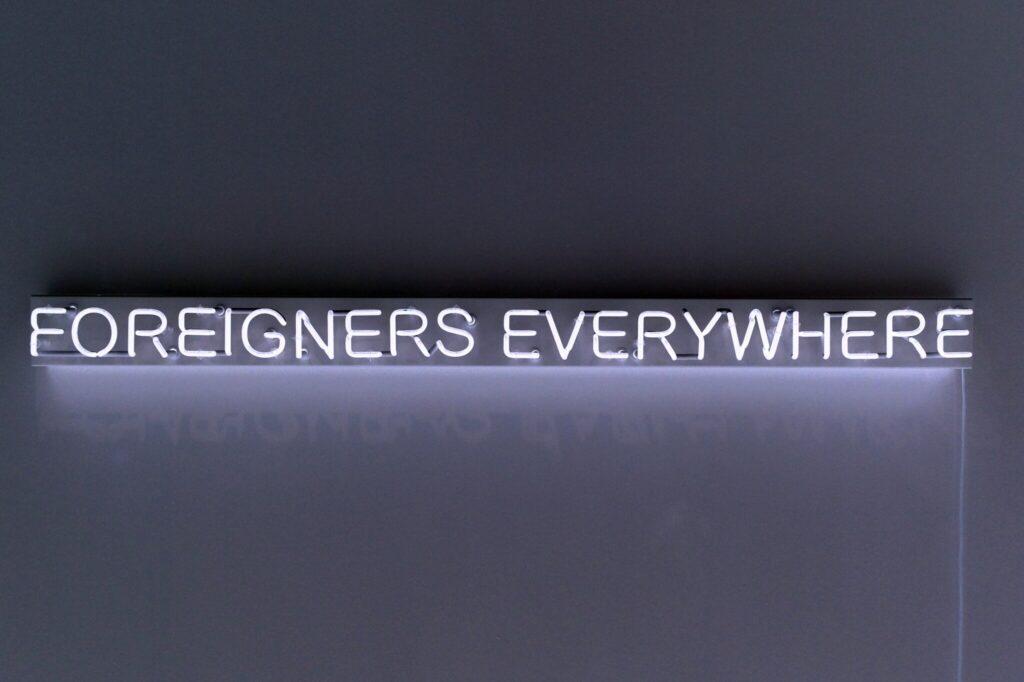
The history of the Art Biennale
The 2024 Art Biennale is the 60th International Art Exhibition, which is the official name of the event.
The history of La Biennale started in 1893 when the Mayor of Venice, Riccardo Selvatico, and the city council decided to organize a prestigious international exhibition. On April 30, 1895, ‘I Esposizione Internazionale d’Arte della Città di Venezia’ was opened in the presence of the King and Queen, Umberto I and Margherita di Savoia. There were over 200,000 visitors, an impressive number for that time.
The previous edition of the Art Biennale in 2022, ‘The Milk of Dreams’ curated by Cecilia Alemani, attracted a record number of more than 800,000 visitors. This was a 35% increase compared to 2019. 59% were foreign visitors while the Italian visitors represented 41% of the total. 30% of the art lovers were young people and students.
Curator Adriano Pedrosa
Adriano Pedrosa (°1965, Brazil) was appointed Artistic Director of the Visual Arts sector at La Biennale di Venezia in December 2022, in charge of curating the Biennale Arte 2024.
Adriano Pedrosa has been the artistic director of the Museu de Arte de São Paulo Assis Chateaubriand – MASP since 2014. He has curated many exhibitions, including Histories of Dance (2020) and Brazilian Histories (2022). In 2023, he received the Audrey Irmas Award for Curatorial Excellence from the Center for Curatorial Studies at Bard College, New York.
The ‘Foreigners Everywhere – Stranieri Ovunque’ theme of the Art Biennale 2024 is very much intertwined with his personal life. As a frequent traveler, he has been a ‘foreigner’ in many places across the world. He lives in Brazil, a country of indigenous artists but also of foreigners as it has the largest Portuguese, African, Italian, Japanese and Lebanese diasporas in the world. Finally, he identifies himself as queer and is hence the first openly queer curator in the history of the Art Biennale.
“La Biennale itself, as an international event with so many official participations by numerous different countries, has always been a platform for the exhibition of works of foreigners from all over the world. In this rich tradition, the 60th International Art Exhibition of La Biennale di Venezia, the Biennale Arte 2024, will be a celebration of the foreign, the distant, the outsider, the queer, as well as the indigenous.”
Adriano Pedrosa
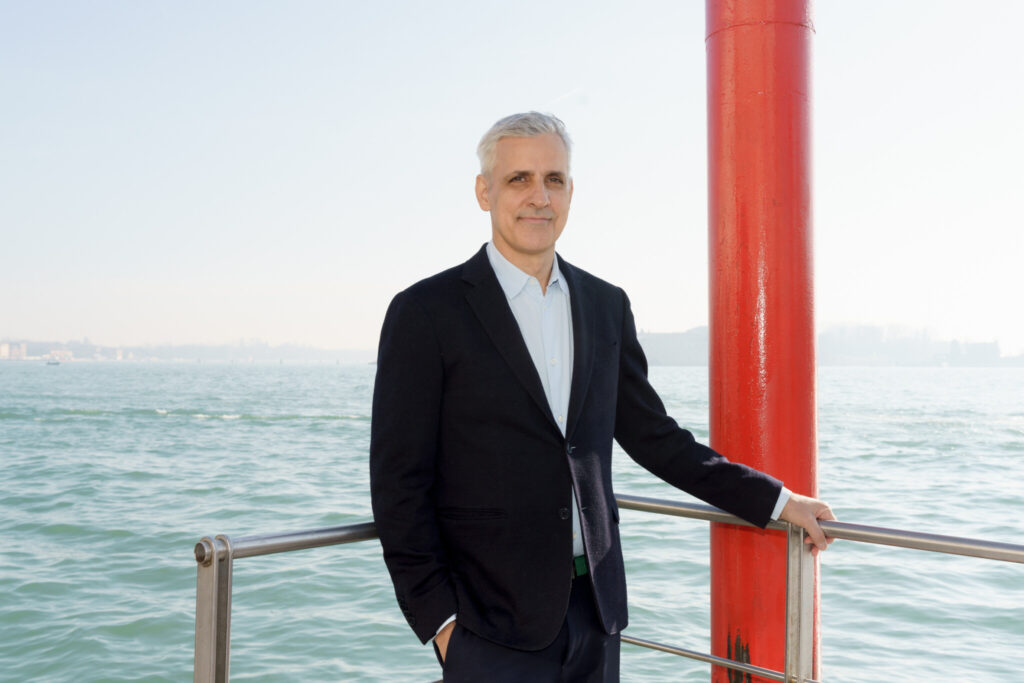
Foreigners Everywhere – Stranieri Ovunque
The title of the Art Biennale 2024 is drawn from a series of works made by the Paris-born and Palermo-based collective Claire Fontaine since 2004. The works consist of neon sculptures in different colors that render the expression ‘Foreigners Everywhere’ in a growing number of languages. The series currently consists of some 53 languages, both western and non-western, including several indigenous languages, of which some are extinct. The expression was in turn appropriated from the name of a collective from Turin that in the early 2000s fought racism and xenophobia in Italy: ‘Stranieri Ovunque’. You can discover the visualization of this year’s theme in a new, large-scale installation in the iconic Gaggiandre shipyards in the Arsenale.
“The expression Stranieri Ovunque has several meanings. First of all, that wherever you go and wherever you are you will always encounter foreigners— they/we are everywhere. Secondly, that no matter where you find yourself, you are always truly, and deep down inside, a foreigner.”
Adriano Pedrosa
The expression takes on a very particular meaning in Venice where foreigners are everywhere. The population consists of about 50,000 residents but may reach 165,000 in a single day during peak seasons due to the enormous number of tourists and travelers – foreigners of a privileged kind – visiting the city.
‘Foreigners Everywhere – Stranieri Ovunque’ is a combination of a central exhibition, spread across the central pavilion in Giardini and in the Corderie in Arsenale, and several related events with a special attention to outdoor projects. These are all organized under the guidance of the curator.
‘Foreigners Everywhere – Stranieri Ovunque’ exhibitions
The central exhibition of Adriano Pedrosa will be presented in two sections: the Nucleo Contemporaneo (contemporary section) and the Nucleo Storico (historical section).
The ‘nucleo contemporaneo’ focuses on 4 different types of artists: the queer artist, who has moved within different sexualities and genders, often being persecuted or outlawed; the outsider artist, who is located at the margins of the art world, much like the self-taught artist; the folk artist and the artista popular; the indigenous artist, frequently treated as a foreigner in his or her own country.
The monumental mural on the façade of the central pavilion painted by the Mahku collective from Brazil, and the large-scale installation of the Maataho collective from Aotearoa/New Zealand in the Corderie will no doubt become the emblematic eyecatchers of the exhibition.
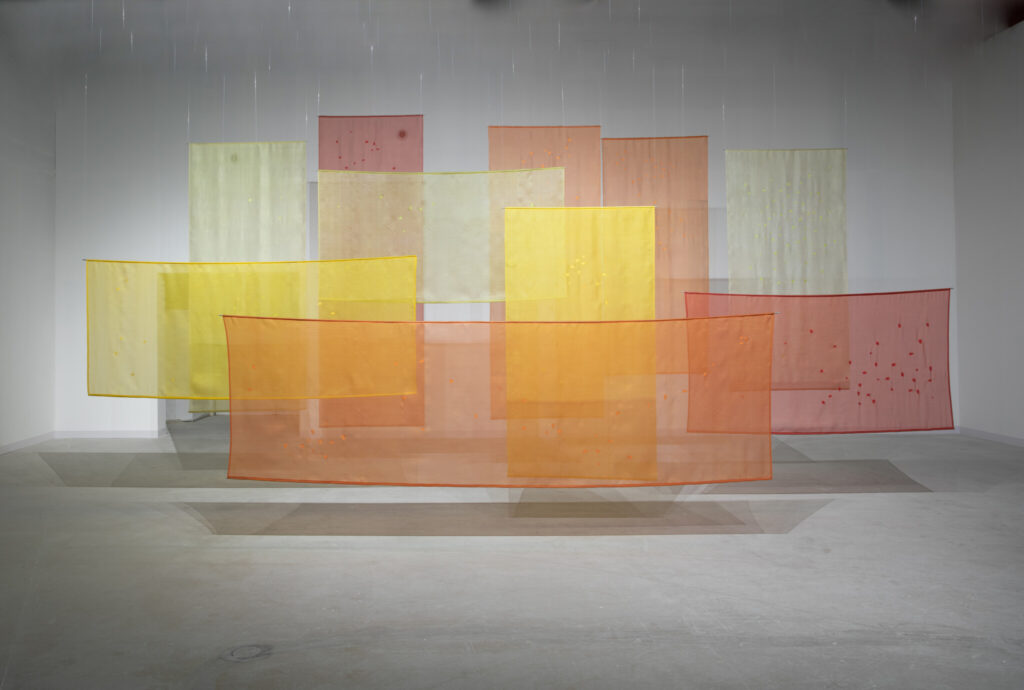
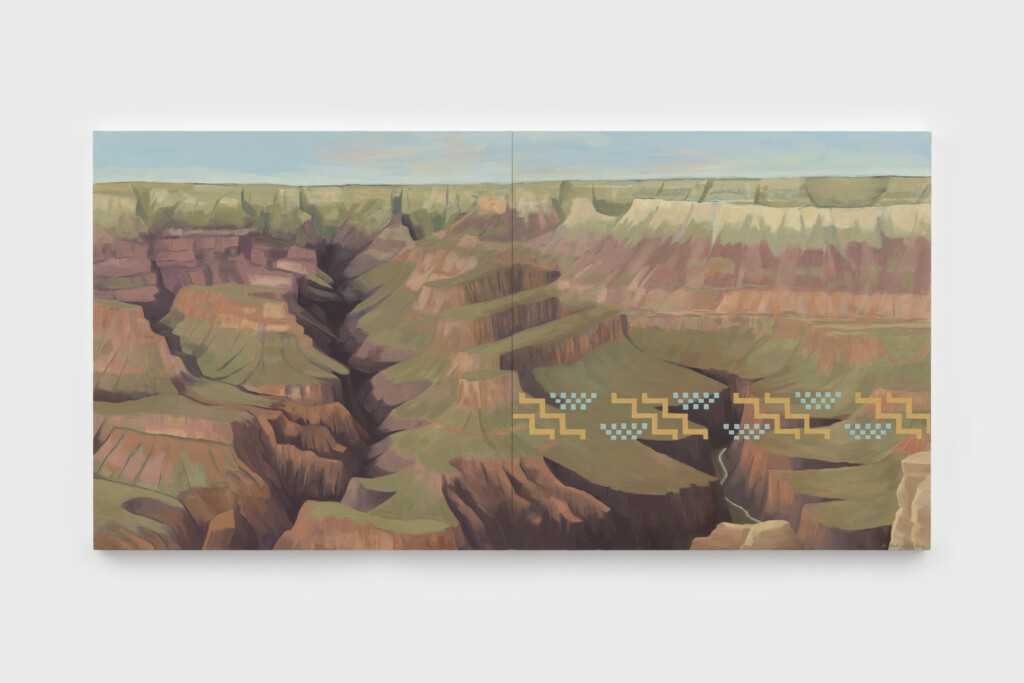
The ‘nucleo storico’ will show global modernism and modernism works from 20th century Latin America, Africa, the Middle East and Asia. One room is titled Portraits, one Abstractions and the third one is devoted to the worldwide Italian artistic diaspora in the 20th century. This room will feature works by first or second generations Italians who travelled and moved abroad developing their careers in Africa, Asia, Latin America, as well as in the rest of Europe and the United States, becoming embedded in local cultures.
In line with his theme, Adriano Pedrosa selected a wide variety of artists. They come from all continents across the world and represent different genders. The youngest (26 years) is Joyce Joumaa from Beirut (living in Canada), while the Italian Lina Kohen (living in Uruguay) is with 100 years the oldest living artist. Quite a large part of the selected artists are no longer alive, with the oldest one being Eliseu Visconti (born in 1866 in Italy). This large span of artists should result in an extensive collection of art works in which every art lover will find several works he/she admires.
As a guiding principle, the curator has favored artists who never participated in the Art Biennale before, even though a number of them may have been featured in a national pavilion or a collateral event.
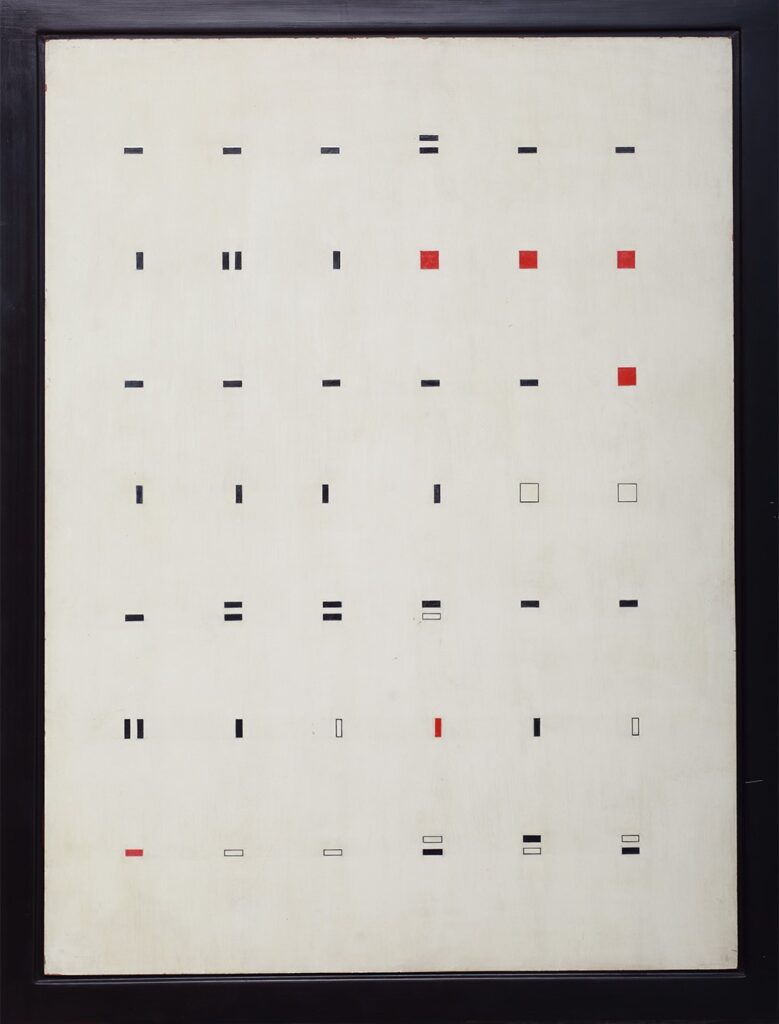
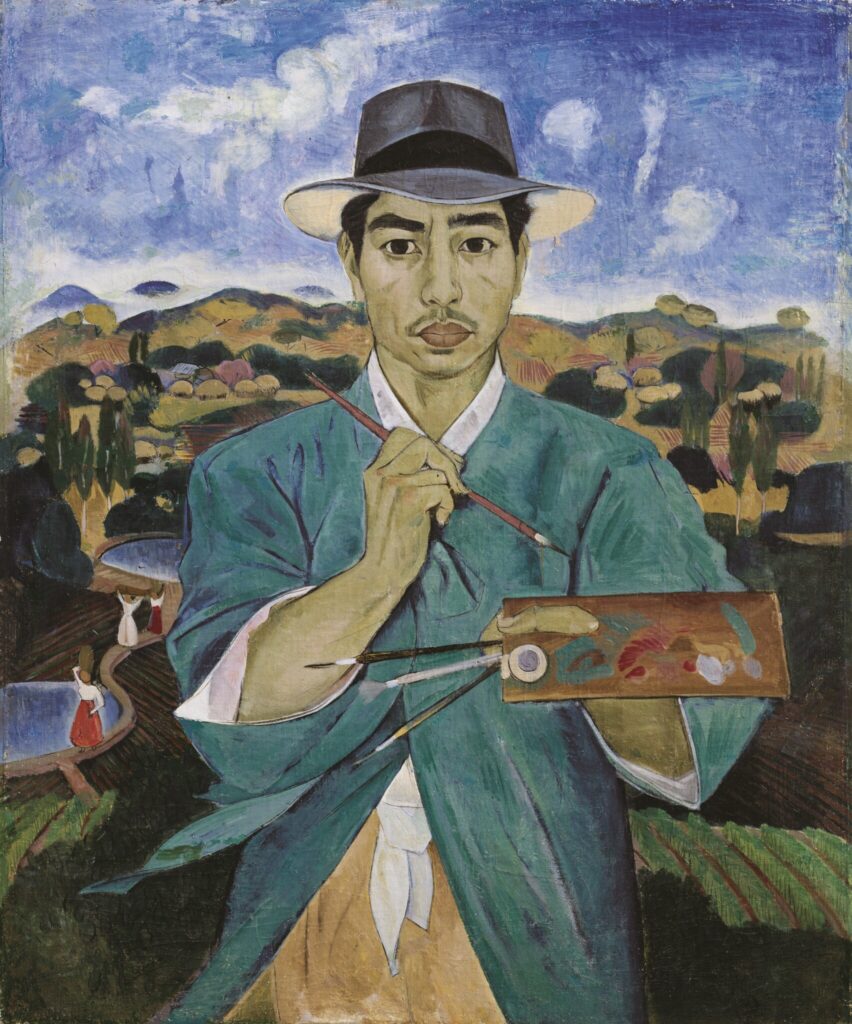
Special exhibitions
At the Polveriera austriaca building in Forte Marghera (Mestre), you can admire ten works by the Italian artist Nedda Guidi. Thanks to her use of innovative techniques, she was fundamental to the evolution of contemporary ceramics.
At the Sale d’Armi in Arsenale, te Brazilian artist Beatriz Milhazes, known for her work that overlays the Brazilian cultural imagination with references to western modernist painting, will present seven paintings and seven collages, all large-scale works.
Educational initiatives
A broad educational programme has again been scheduled for 2024. It targets both individuals and groups of students, children, adults, families or companies. You can take part in one of the guided tours (with reservation) or in workshop activities. You can book the tours via the website of La Biennale.
National participations and collateral events
This year, 88 countries will present stunning art works in their national pavilion. Four countries will be participating for the first time to the Art Biennale: Republic of Benin, Ethiopia, United Republic of Tanzania, Democratic Republic of Timor Leste. Nicaragua, Republic of Panama and Senegal participate for the first time with their own pavilion. Besides the national pavilions, there are also 30 collateral events which are admitted by the curator and worth a visit.
From what I have read so far, there will be a wide variety of contemporary art, including paintings, photography, multimedia, installations, sculptures and conceptual art. Out of these 118 art exhibitions, I have already bookmarked 5 pavilions which immediately appealed to me and which I don’t want to miss. I will probably add a few more to this post after I visited the Art Biennale.
The Holy See pavilion is by far the number one on my list. It will take place in the women’s prison (casa di reclusione femminile) on Giudecca, which makes it a unique location for an art exhibition. The exhibition, entitled ‘With my eyes’, is dedicated to the theme of human rights and people living on the margins of society. The visits are led by the detainees/conference speakers and will question the desire for voyeurism and challenge the judgement toward the artists and the detainees themselves, thinning down the boundaries between observer and observed, between those who judge and those who are judged. This is perfectly in line with the overall theme ‘Foreigners Everywhere – Stranieri Ovunque’. If you want to visit the pavilion, you need to make a reservation for a guided tour.
The Romanian artist Șerban Savu brings ‘What Work is‘, an exhibition centered around the history and relationship of work and leisure. Inside the Romanian pavilion (Giardini), you will not only find a vast polyptych consisting of about forty paintings but also four architectural models adorned with mosaics. At the same time, the New Gallery of the Romanian Institute of Culture and Humanistic Research in Venice will be transformed into a mosaic workshop reflecting the spirit of the small Venetian manufacturing workshops. Given the omnipresence of mosaics in Venice, I look forward to discovering this totally different style of mosaics.
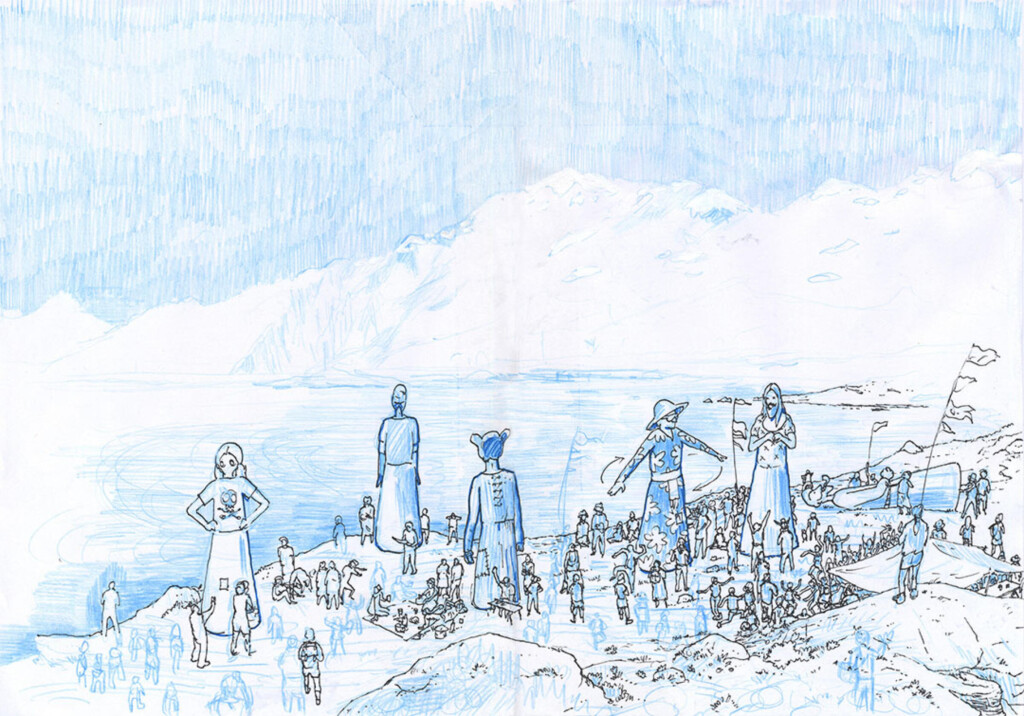
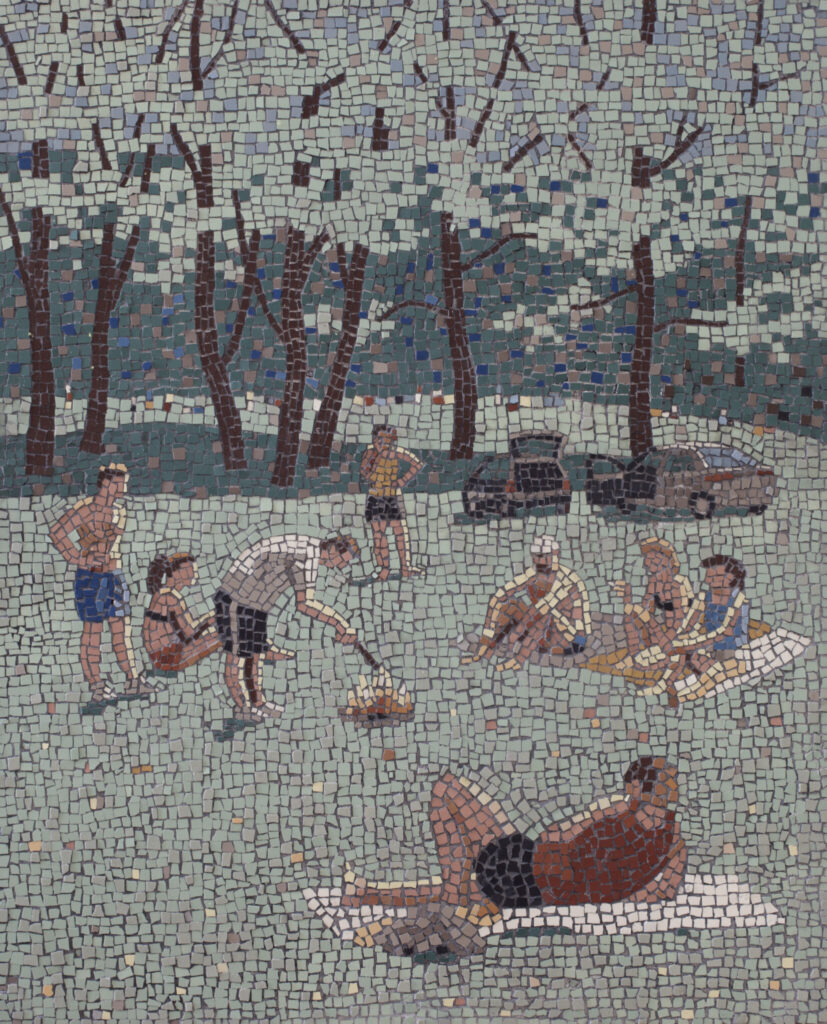
The beautiful drawings and the stories of traveling giants of the Petticoat Government really intrigue me, even though I’m not sure what to expect at the pavilion of Belgium (Giardini). By mixing art, curating, architecture, typography and cartography, the collective will present an untraditional exhibition format. Their multidisciplinary scenario is based on existing folkloric giants from various communities in Belgium, France and Spain. The giants are full of stories and legends from their biotope that distort, relativise, enlarge, miniaturise and offer kaleidoscopic visions.
Hildigunnur Birgisdóttir presents ‘That’s a Very Large Number – A Commerzbau’ in the pavilion of Iceland (Arsenale). She collects throwaway accessories of our material culture such as packaging materials, price tags, signage and systems of display. She looks for the beauty in these objects and creates new sculptures and installations with them. Hence, she critically examines the global systems of production and distribution in our world of mass-produced objects. It will no doubt be an exhibition which you will often remember when you go shopping and which will make you question all these accessories yourself.
‘Locks with Leaves and Swelling Buds’ of the Polish painter Ewa Juszkiewicz is one of the collateral events of this year’s Biennale (at Palazzo Cavanis). Her paintings are based on portraits of women by classic European artists, especially from the 18th and 19th centuries. She always hides their faces with locks of hair, bunches of flowers, shells or fabrics to disrupt an idealization of the female image. I find the paintings very fascinating as there are so many details to look at. She combines for instance fashion across periods of time with contemporary clothing and accessories. One of her paintings was also part of the 2023 Artycapucines handbag collection of Louis Vuitton.
Art is however a very personal matter, and tastes differ widely. In line what the previous Art and Architecture Biennale editions, I will publish reviews on several national pavilions so you can decide for yourself which ones are worth visiting. For your reference, I suggest you bookmark my Art Biennale 2024 page where you can always find the latest articles.
You can find practical tips to prepare your visit in my post ‘How to prepare your visit to the Art Biennale 2024’. You can also read my comprehensive guide ‘The insider guide to the Venice Art Biennale 2024‘ which contains all the information you need. What really sets this guide apart is its intimacy and authenticity. Rather than offering detached analyses, I invite you to join me on a personal journey of discovery. More information on the Biennale, including an overview of all the artists and national participations, can be found on the website of La Biennale.
Don’t forget to follow The Venice Insider on Facebook or to subscribe to my newsletter if you want to keep up-to-date on this topic.
Enjoy the Biennale!

Our 3-day visit in early October coincided with a real storm (up to 8 Beaufort in the Venice bay area), which left San Marco as well as our airB&B in Chioggia slightly flooded. Great for photo- and videography though. Your book and the articles of the Venice Insider were truly helpful to prepare and execute our 2024 Biennale blitz-trip. We’ll be back 🙂
Ciao Luc,
Glad to hear you enjoyed your trip, despite the bad weather, and my tips. Hopefully next time, you will have plenty of sunshine to enjoy Venice.
Have a nice weekend
Katia